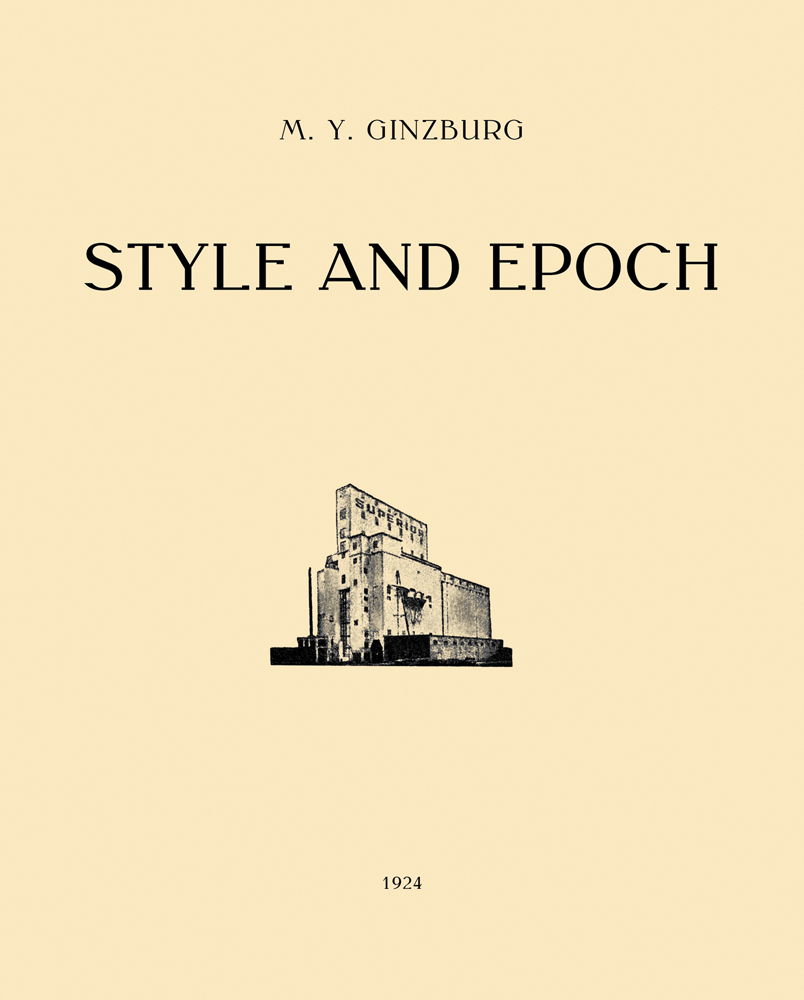
Style and Epoch
Issues in Modern Architecture
- The most important original text on Constructivism
- Published as facsimile edition in partnership with Ginzburg Architects, now involved in the restoration of Narkomfin (1929, Moscow) - one of the most famous Constructivist buildings that has had a great influence on the development of contemporary architecture
- Follows on from the 2017 publication of Dwelling by Ginzburg Design with Fontanka which was well received
Style and Epoch by Moisei Ginzburg, first published in 1924, was the architect’s key work; it became the philosophical basis for the Constructivist group of architects. Ginzburg defined the new style in architecture that signified a break from traditional styles. After two industrial revolutions, architects were faced with new challenges by society. The response was an innovative approach to architecture that put people – their needs and functions – at its center. The author’s understanding of global economic and cultural processes is evident in his description of the development of a style that came to define the nature of architecture in the twentieth century, which today we call modernism. The significance of this book in terms of an understanding of culture, the avant-garde and the subsequent development of modernist architecture is hard to overestimate.
- Publisher
- Fontanka
- ISBN
- 9781906257293
- Published
- 22nd Apr 2019
- Binding
- Paperback / softback
- Territory
- USA & Canada
- Size
- 7.24 in x 9.13 in
- Pages
- 240 Pages
Our Catalogs
Browse Our Books
Please log-in or create an account to see your recent items.